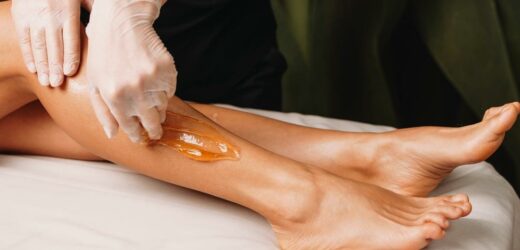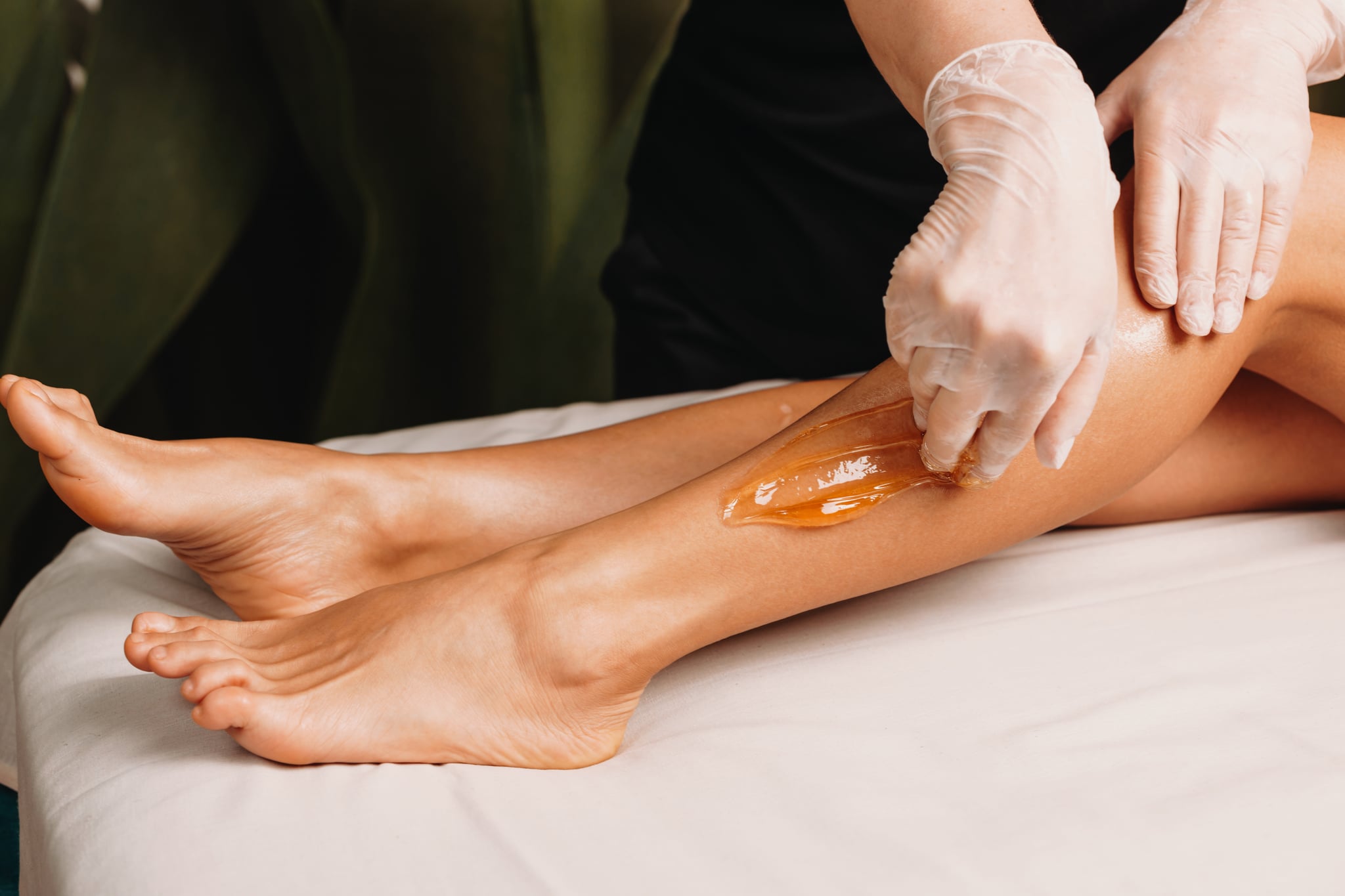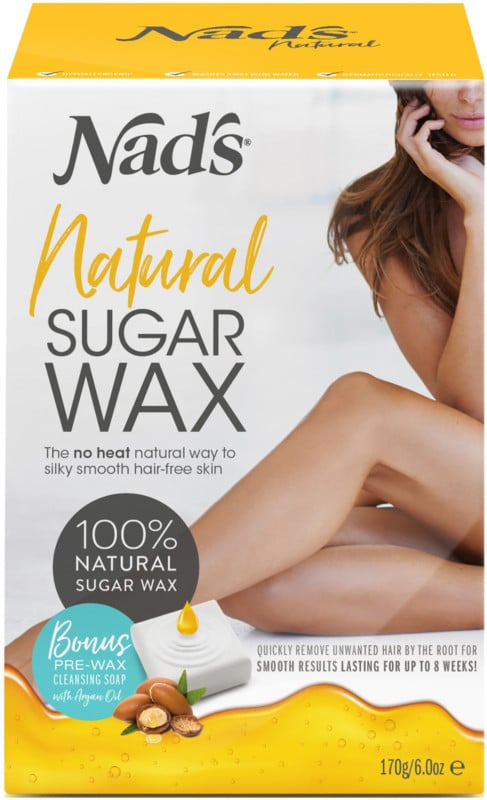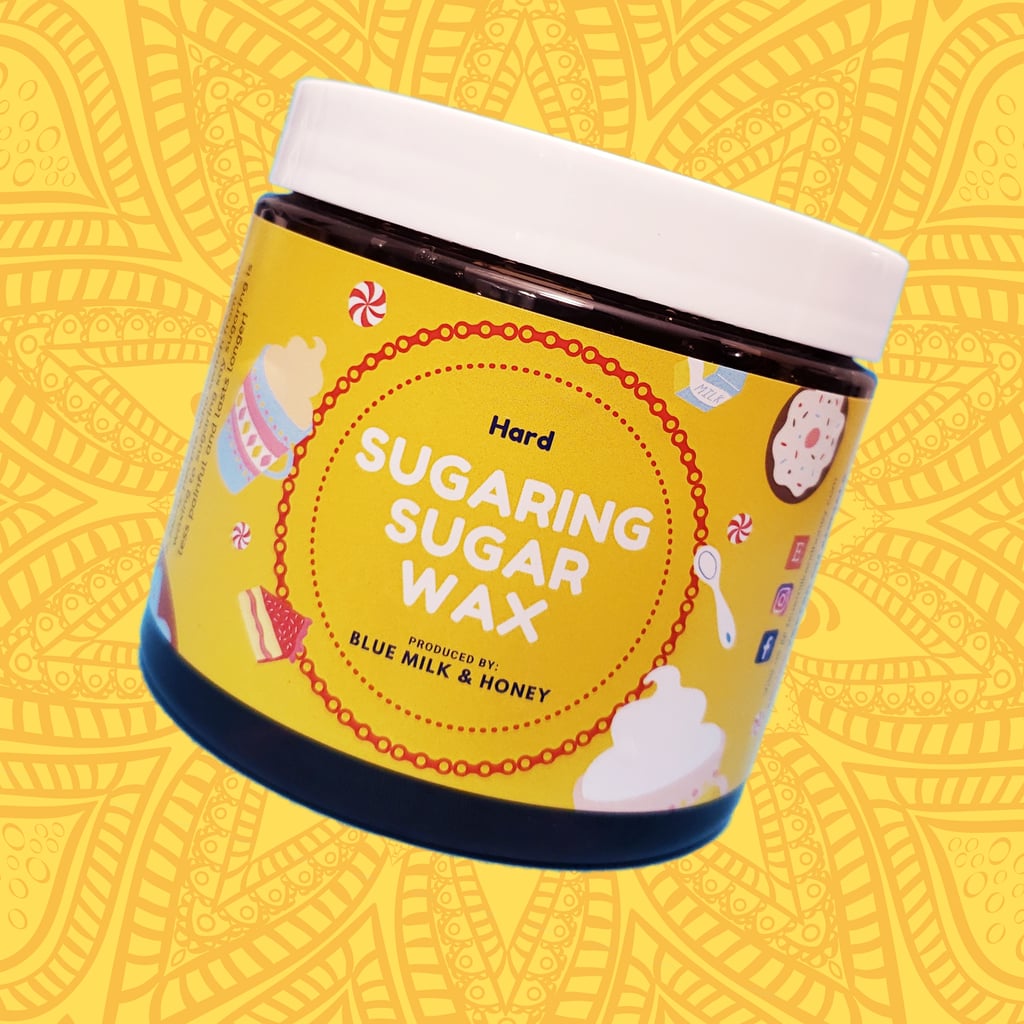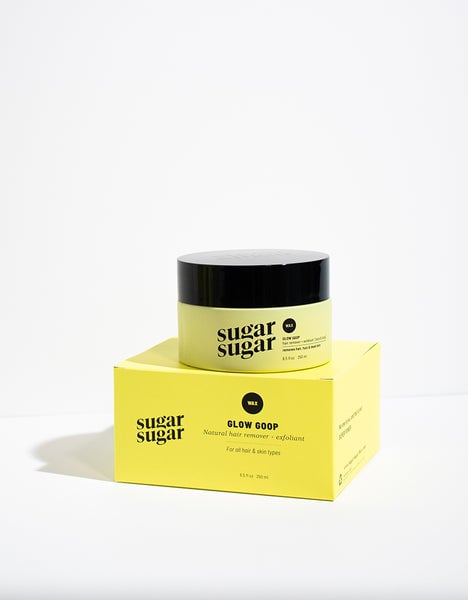- Sugaring is a great hair removal method for those with sensitive skin or who struggle with razor burn.
- Sugaring wax is made from all-natural ingredients and is gentler on the skin.
- Find out how long sugaring lasts, how it differs from traditional waxing, and more.
If you are someone with sensitive skin who chronically struggles with eczema or razor burn, hair removal can be a bit of a challenge. Shaving, depilatory creams, and waxing often result in flare-ups, rashes, and unrelenting itchiness. But there’s one hair removal method that works well on sensitive skin: sugaring.
What Is Sugaring?
Sugar wax is an all-natural alternative to regular wax that doesn’t require strips or dipping. Instead, the esthetician rolls the sugaring paste — made from lemon, sugar, and water — onto the skin and uses a flicking motion to remove the hair follicles from the root. The process works on any area of the body (including sensitive underarms and a sugaring Brazilian wax), is safe for those who are prone to allergies or ingrown hairs, and is beneficial for people who typically experience razor burn or rashes.
Though this method is particularly popular with people with sensitive skin, there are plenty of benefits that let sugaring compete head-to-head with more traditional methods — and come out on top. In addition to being all-natural, sugaring is long-lasting, has a reduced chance of redness, and can be performed more frequently. With sugaring, there’s no need to grow the hair out for weeks or endure stubble in between treatments.
The paste is ideal for all skin types, hair textures, and skin sensitivities. “If you’ve had a bad wax and you’re afraid to test the hair removal waters, then sugaring is where it’s at,” Danielle Correia, owner and CEO of Sugaring LA, tells POPSUGAR.
Sugaring vs. Waxing
Sugaring paste is all-natural and made of just three ingredients — sugar, lemon juice, and water — while hair removal wax can often include chemicals, synthetic ingredients, or fillers. Both remove the hair at the root but sugaring uses a flicking motion while waxing involves pulling it off in one quick, swift motion. This is usually done using a hard wax or a soft wax; a hard wax hardens after being applied to the skin and can be removed using just your fingers once it sets, while a soft wax is thinner and requires the use of large paper strips to be removed.
Aside from their ingredient makeups, waxing and sugaring are performed using two separate techniques. “The sugaring technique removes hair in the direction of hair growth, which is the opposite of waxing,” Salome Sallehy, founder of Sugar Sugar Wax, says. According to her, removing the hair this way results in less breakage of the hair, meaning there’s a better chance you won’t experience ingrown hairs or stubble after sugaring, and your results can last you anywhere from six to eight weeks.
Alternatively, waxing removes the hair against the direction of growth. “With waxing, hair is removed from the root so eventually when the hair does grow back it will be softer, and finer,” Gina Patek, education manager at European Wax Center, says.
The pain level of both sugaring and waxing is relative depending on each individual’s tolerance, but many people have claimed that sugaring is slightly less painful than waxing. “Sugaring wax has a very unique property; it strictly grabs dead skin cells, which is what hair is made up of as well,” Sallehy says. “When you’re pulling sugar wax, you’re only pulling on the dead skin, not live skin, which is why you barely feel it at all.”
Still, that’s not to say that any hair removal method that involves removing the hair from the root will ever be completely pain-free. “If you’re removing virgin hair, which are the follicles that you were born with that have never been removed, it doesn’t matter what method you use, it’s going to hurt,” Sallehy says. “That pain doesn’t come from the skin but rather from the nerve endings attached to the root of the hair.”
How Long Does Sugaring Last?
While wax often breaks the hairs at the surface, sugaring paste pulls the follicles from the root. This makes the hair take longer — about three weeks — to grow back. But that’s not the only way that sugaring provides long-term benefits — the process also offers long-term hair refinement and reduction. “Our skin has three stages of hair growth cycles, and sugaring, at its best, grabs hairs at the beginning cycle — which does the most damage to the follicle in facilitating the hair growing back thinner and finer,” says Correia. “Over time, your hair will become more sparse and you will be able to space out your appointments longer and come in to get sugared less often.”
Compared to waxing, sugaring pulls hairs in this early stage because its formula allows for removing very short hairs. While waxing often requires a certain length, sugaring can be done with even minimal growth, especially when receiving treatments on a regular basis.
Sugaring at Home
If you don’t want to make an appointment to see a professional, you can try sugaring at home. There are at-home sugaring kits that you can buy at the store to use or, if you’d prefer to mix up a homemade batch, DIY sugaring recipes are easy to follow. All you need to get started is sugar, lemon juice, and water.
Best Sugar Wax Kits
Just head to your favorite beauty retailer, like Ulta Beauty, Target, or even Amazon, to shop for sugaring kits. We recommend the Nads Natural Sugar Wax ($10), Blue Milk & Hony Hard Sugar Wax ($28), and the Sugar Sugar Wax’s Glow Goop ($36).
Source: Read Full Article
